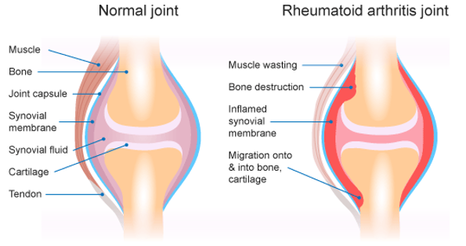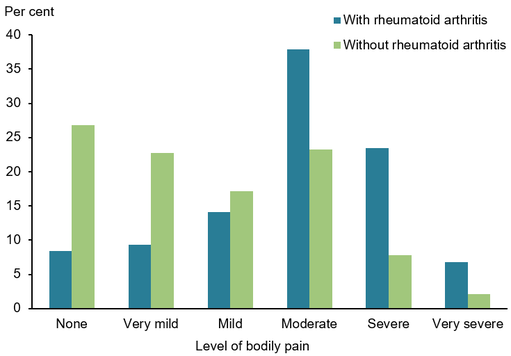|
Christmas has come around again. It is the time of year where we might over indulge on christmas food or we use this time for a little bit of rest and relaxation and sometimes we may forget to move or do some exercise. Exercise is something that can be hard to commit to while in relaxation mode but it is very important to continue while you are on holiday. As we have said before exercise is a vital part in your wellbeing and keeping up your exercise routine will help you to relax and recharge ready for the new year! Although keeping up a similar exercise routine is the best way to go, it may not be possible depending on your holiday plans. If you are away from home and can't continue what you have been doing throughout the year, I will provide you with my top 5 exercises that can be done without any equipment and can be done from anywhere. Bird dog The bird dog is a great exercise for hip, shoulder and core stability. It is easy to perform, can be performed in a variety of settings and has some variations that might make it a bit more simple for you to start with. To perform:
The video below will demonstrate Push ups The push is an easy to perform and well known exercise that can be also done with many variations. The push up is great for general upper body strength and has some element of core stability as well. To perform:
The video below will demonstrate. Squats Again, the squat is a very common and well known exercise and believe it or not we do some form of a squat throughout each and every day. An excellent exercise for lower body strength and a fundamental movement. To perform:
The video below will demonstrate. Deadbugs The deadbug is a great exercise for core strength and can be done anywhere there is free space on the ground or in a bed. It is a similar exercise to the bird dog, just upside down! To perform:
The video below will demonstrate. Lunges Another great exercise for lower limb strength and something that can be done again with no equipment To perform:
The video below will demonstrate. Bonus Exercise - Walking Walking is the simplest form of exercise, done with no equipment, can be done anywhere, and really can be done anytime. Walking has multiple benefits for your psychological and physical well being and can be tailored to your ability by changing time, distance and/or pace or intensity of your walking. I recommend trying to walk every day for at least 30 mins throughout the holiday period and beyond. Well there you go, 5 easy to perform exercises that will help you maintain some strength throughout the holiday period and beyond! Remember if you need specific advice contact the clinic in the new year and we can start your exercise journey the right way! Merry Christmas & Happy New Year! Izaac Boylan Accredited Exercise Physiologist
0 Comments
What is Rheumatoid Arthritis? Rheumatoid Arthritis (RA) is an inflammatory autoimmune disease that occurs when our immune system begins to attack its own tissue. It usually targets joints and specifically the very thin, smooth membrane that lines the joint, providing it with lubrication and nourishment. When this happens, the joint lining (otherwise known as the Synovial Membrane) can become thickened and inflamed causing potential bone erosion or growths to form. In this picture we can compare a healthy ‘normal’ joint on the left with a think layer of synovial fluid and synovial membrane surrounding the cartilage and bone, protecting the joint. In comparison on the right, we have a joint suffering from RA, with a significantly inflamed synovial membrane that is radiating into the surrounding bone and cartilage. Am I the only one suffering? You are not alone if you have been diagnosed with RA, as over 456,000 people in Australia have reported having RA and it being 1.5 times more prevalent in Women compared to Men. Data has revealed that the initial onset of RA happens most commonly between the ages of 35-64 and those over 75 years old having the highest reported incidences of RA. A study conducted by the Australian Institute of Health and Welfare that compared bodily pain levels in those with and without RA reported that in participants with RA, aged 45 and over, 68% experienced ‘moderate’ to ‘very severe pain’ in the 4-week study. This made those with RA 3.1 times more likely to experience pain classed as ‘severe’ or ‘very severe’ when compared to those without the condition What can I do to ease the pain? The good news is RA pain levels and flare ups can be significantly reduced through REGULAR AND EXPERTLY PRESCRIBED EXERCISE. We understand that it can cause anxiety and worry when exercising with RA, in fear of increasing pain within the inflamed joints BUT, research tells us that exercise is a crucial element in managing pain and flare ups. We know that movement assists in DECREASING STIFFNESS AND INFLAMMATION as it increases lubrication within the joint. Decreasing the level of stiffness within the joint will also INCREASE ITS RANGE OF MOVEMENT, providing a prolonged improvement in mobility. Regular strengthening exercise will also increase the strength of those muscles surrounding the affected joint, REDUCING THE LOAD AND IMPACT they are required to endure. As WEIGHT LOSS can be a by-product of regular exercise this can also assist in reducing the load placed on the joint, decreasing inflammation and wear and tear. Not only will regular exercise reduce your RA flare ups and pain levels, it also PROVIDES ENDLESS BENEFITS TO YOUR PHYSICAL AND MENTAL HEALTH long term. This can include preventing the onset of other co-morbidities like heart disease, lifestyle-based diabetes, obesity and even other forms of arthritis. It also improves your mental health, mood, motivation and energy levels to help get you back to doing the things that you enjoy most. Should I exercise during a flare up?
The research states that during a flare up the best practice is to rest the affected joint and COMPLETE LIGHT RANGE OF MOVEMENT BASED EXERCISES, to prevent prolonged stiffness building up within the joint. These movements should be done several times per day and pushed as far as is comfortable. Whilst gentle movements will help to reduce the overall flare up time, resistance and wights should not be used during these periods. So, what types of exercises are best? There is no one size fits all exercise program for those with Rheumatoid Arthritis and programs should be individualised and tailored to you are your specific presentation. BUT.. the best type of exercise is the one that you enjoy doing the most, as this increases your likelihood to engage in it long term. In regards to assisting with RA pain and flare ups, generally low impact movements are best suited to prevent aggravating the joint. There are 3 main goals involved in RA based exercise programs;
By Aleisha Michael, Accredited Exercise Physiologist. |
AuthorSLisa Parkinson Archives
July 2024
Categories
All
|



 RSS Feed
RSS Feed